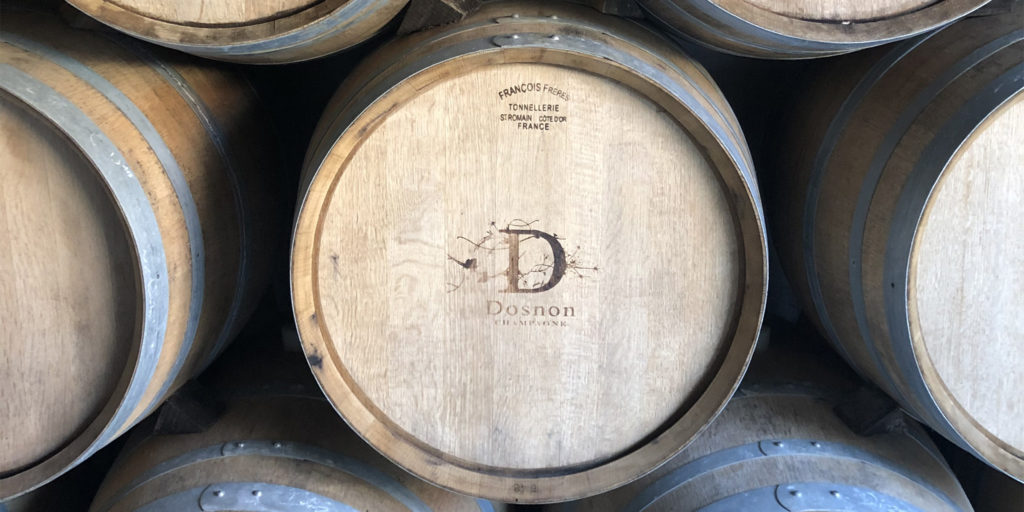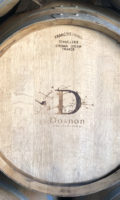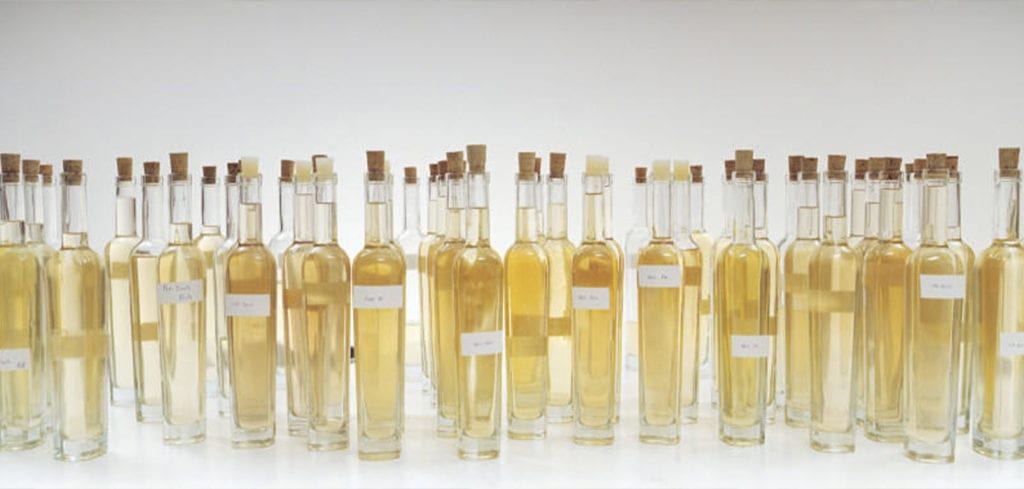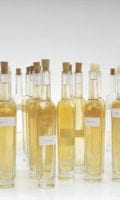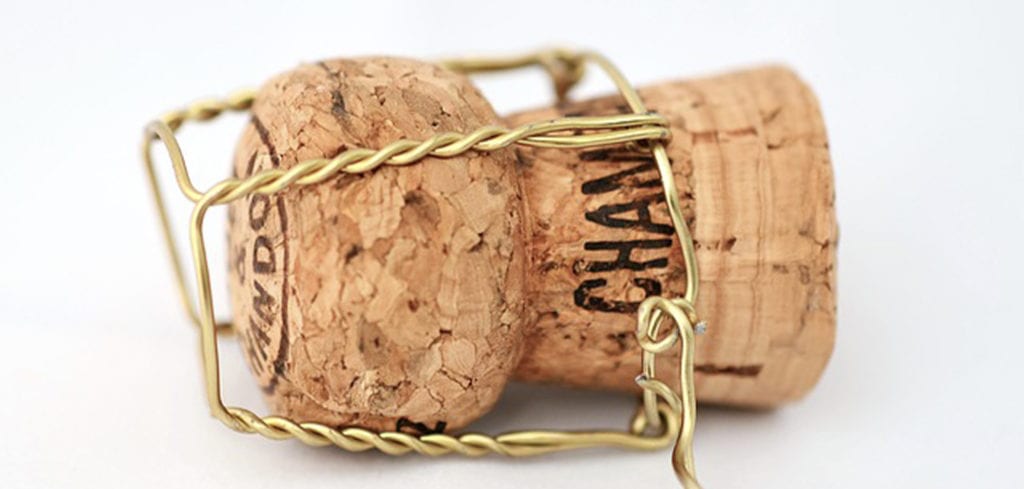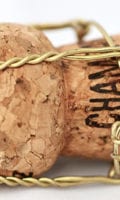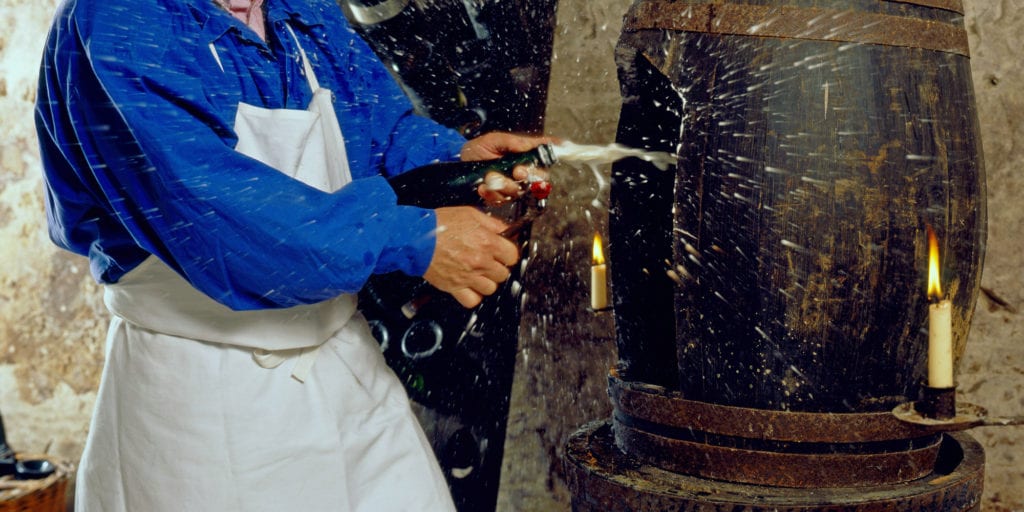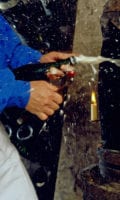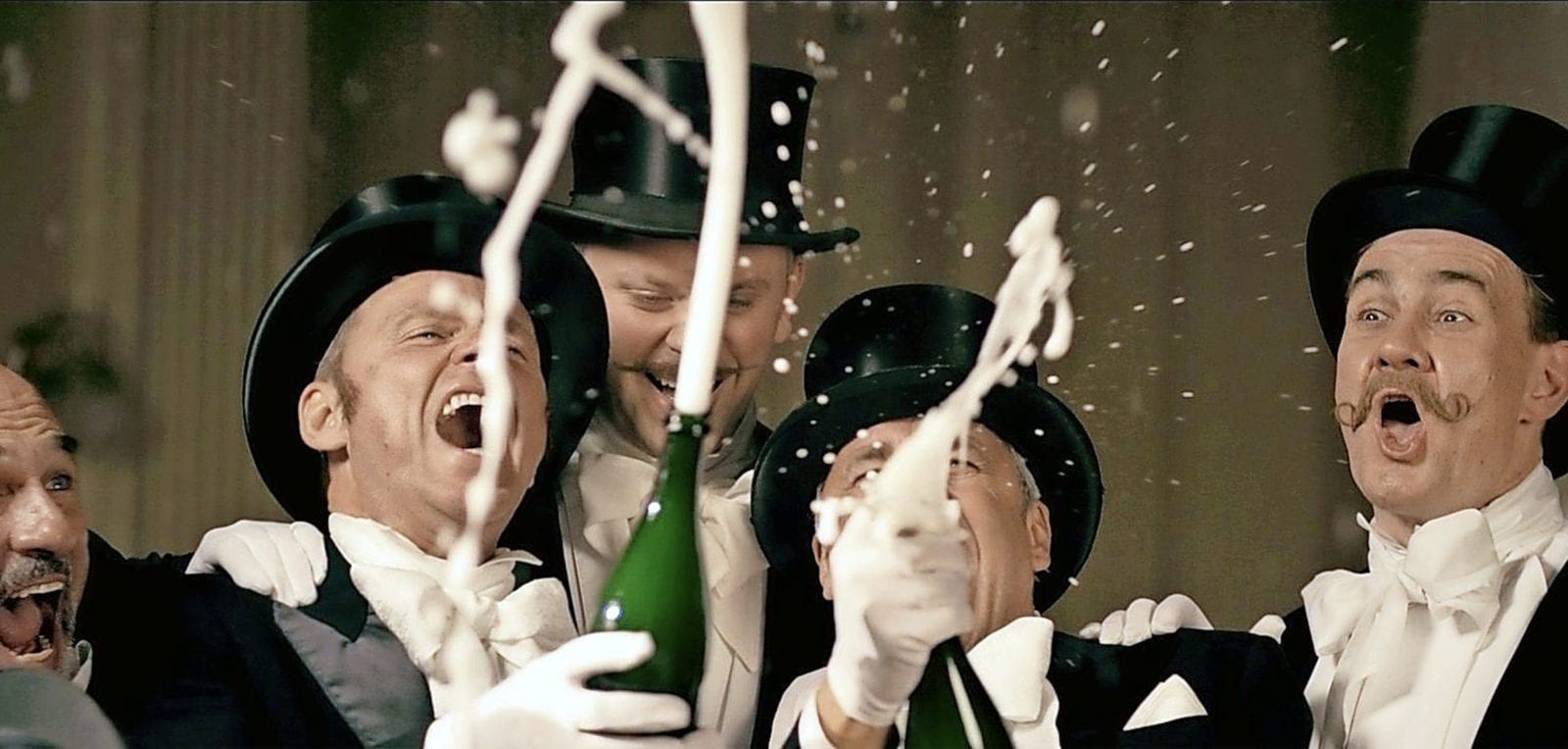
There are many stories and myths about the origin of champagne as we know and enjoy it today. It took the efforts of many people and a few lucky coincidences for the development of this noble drink.
In the 17th century, white wine, which was still still at that time, began to be bottled in order to preserve its freshness, as the wine lost quality during transport in the barrel. This early bottling allowed the wine to continue fermenting in the bottle unintentionally, which often led to the cork popping out or the bottle bursting. But if the bottle survived the fermentation, you got an acidic, pleasantly sparkling drink. The English in particular took a liking to this new kind of wine.
We owe today's champagne essentially to the following three people:
Christopher Merret (1614-1695) was an English physician and inventor. In 1662, he presented the Royal Society with a paper entitled «some observations concerning the ordering of wines». In it, he described how the addition of sugar caused a second fermentation of the wine, which gave the wine freshness and perlage. Thus, he can be credited with the controlled fermentation in the bottle and can be called the real inventor of sparkling wine.
According to legend, the Benedictine monk Pierre Pérignon (1638-1715), better known as Dom Pérignon, is often cited as the inventor of the «Méthode Champenoise». The Moët & Chandon winery played a major role in the creation of the legend, which is not surprising, since the «Dom Pérignon» champagne label comes from the same company. According to today's knowledge, however, we know that the famous monk did not invent the process, but that he significantly developed it further. In particular, the assemblage, the white pressing of red grapes and various sealing techniques can be traced back to him. The bottle size of 0.75 litres that is common today is also due to him. He is said to have introduced this dose - as the average daily ration of a pious man.
Madame Barbe-Nicole Clicquot Ponsardin (1777-1866), the young widow of a wine merchant, also made a decisive contribution to champagne at the beginning of the 19th century. It too lives on today as the champagne brand «Veuve Clicquot» (French: Widow Clicquot). The «Grand Dame of Champagne», as she was often called, was the first woman to run a champagne house. She also developed the process that eliminates the yeast in the bottle by shaking and disgorging the champagne. Thanks to her, today we drink this wonderful drink without residue.


